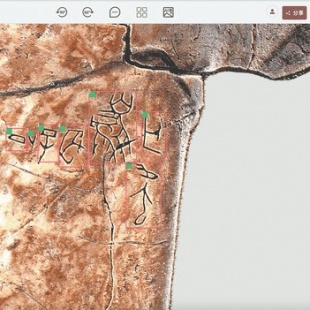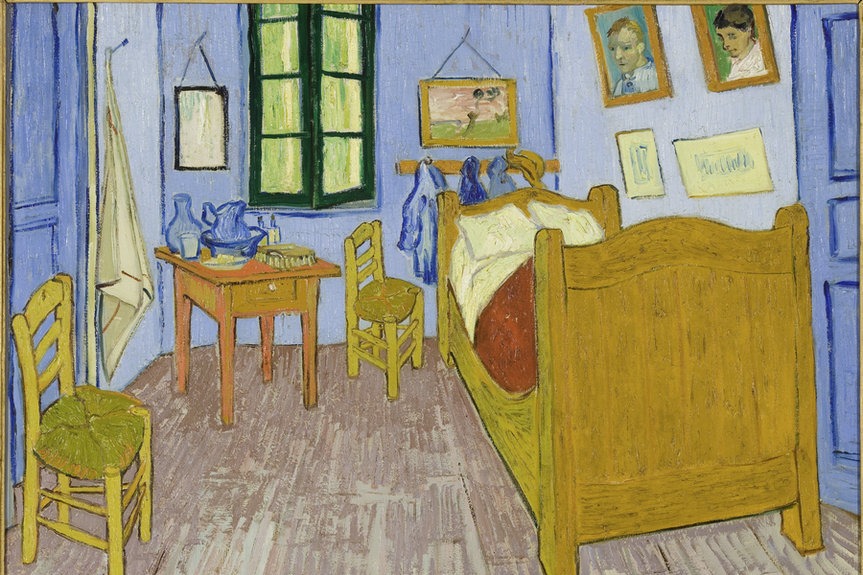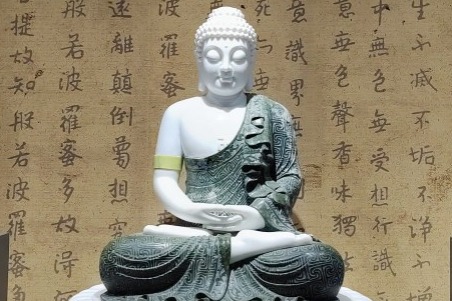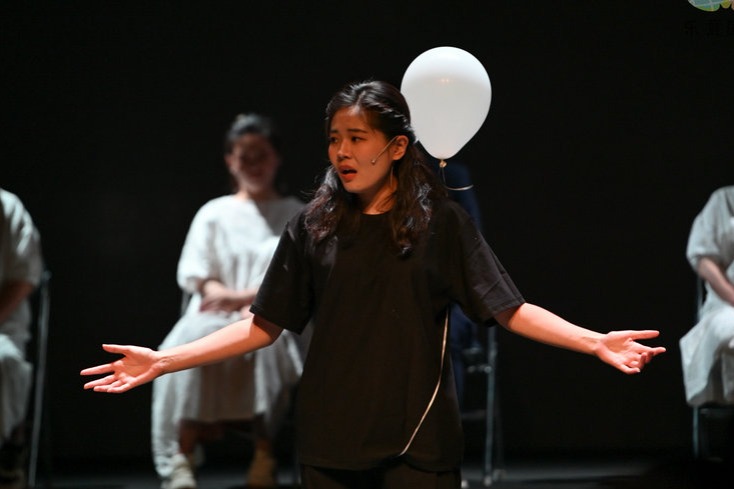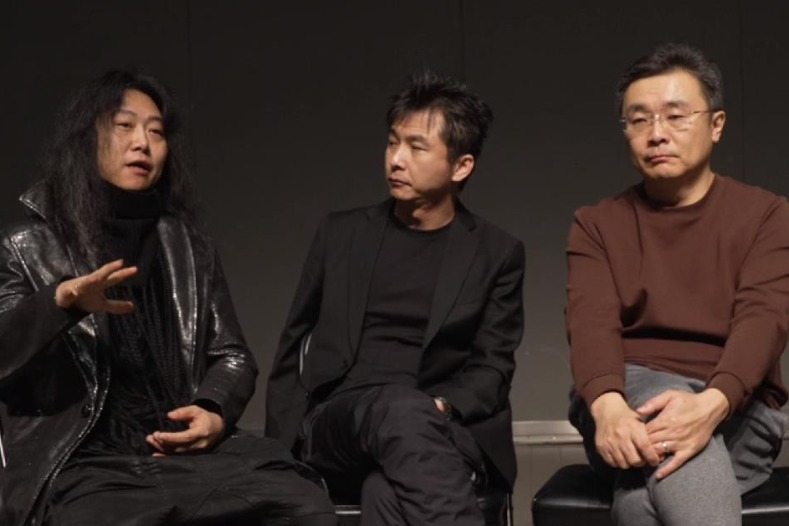Race on to decipher oracle bone characters with AI
Competition to decode ancient scripts expected to advance research, stimulate public interest, spur technological development, Fang Aiqing reports.

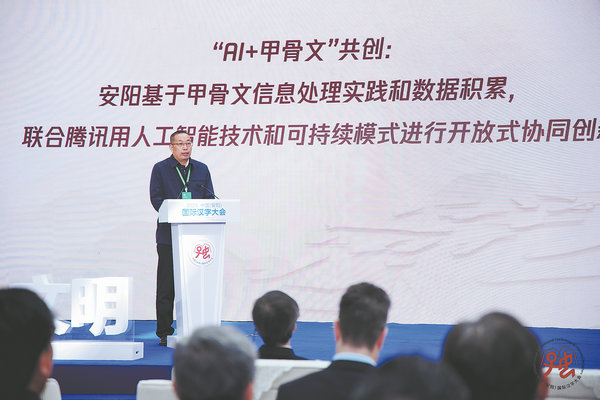
Traditionally, deciphering a single oracle bone character requires rigorous research based on intensive reading, according to Liu Yongge, director of the Laboratory of Oracle Bone Inscriptions Information Processing at Anyang Normal University, a key laboratory under the Ministry of Education.
To verify a presumption about a particular pictogram, scholars must examine the evolution of the glyph's appearance and meaning throughout history, as well as the oracle bone character's semantic consistency across different contexts and scenarios of use.
They also need to investigate the character's pronunciation, often by resorting to oracle bone characters with similar composition or meaning, as well as descendant scripts like xiaozhuan (small seal script), for reference.
Liu adds that scholars have to digest a large canon of textual materials — classics from the pre-Qin period (before 221 BC) in particular — in order to make an informed attempt.
In 2016, the National Museum of Chinese Writing in Anyang announced a program offering a reward of 100,000 yuan ($13,900) for successfully deciphering a single oracle bone character. Only three scholars have so far received the reward.
For more than two decades, Liu's laboratory has been making use of digital methods to facilitate the study of oracle bone inscriptions. As early as 2000, they developed a visual input method for oracle bone characters that is still widely used today.
The more than 4,500 oracle bone characters are categorized by radicals for search and input, enabling users to click and directly paste them into documents.

In 2019, the team launched the online platform Yinqi Wenyuan, which integrates databases of oracle bone glyphs — including their explanations, pronunciations, variations and related research — along with image collections of oracle bones, such as rubbings, facsimiles and photographs, as well as literature in the field.
The platform is one of the most comprehensive and convincing oracle bone script databases, and is open access and free of charge.


